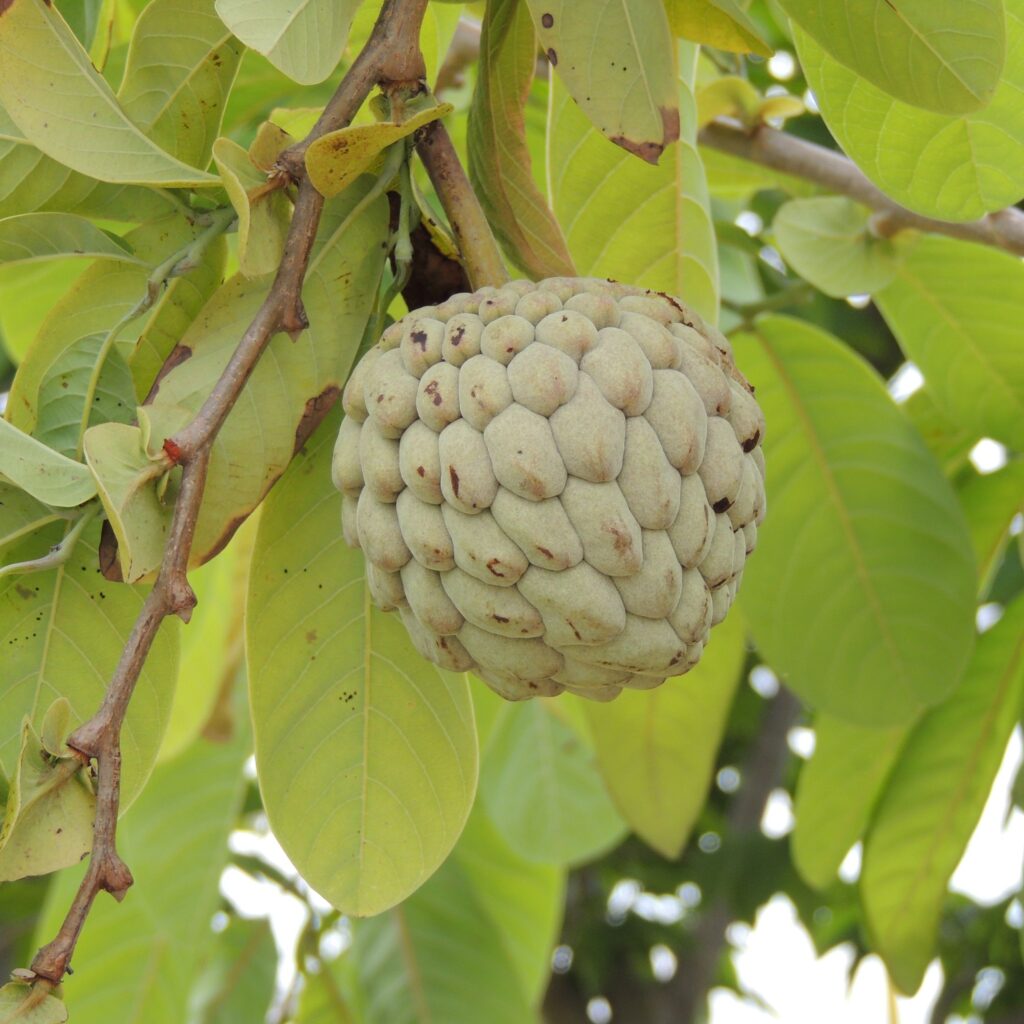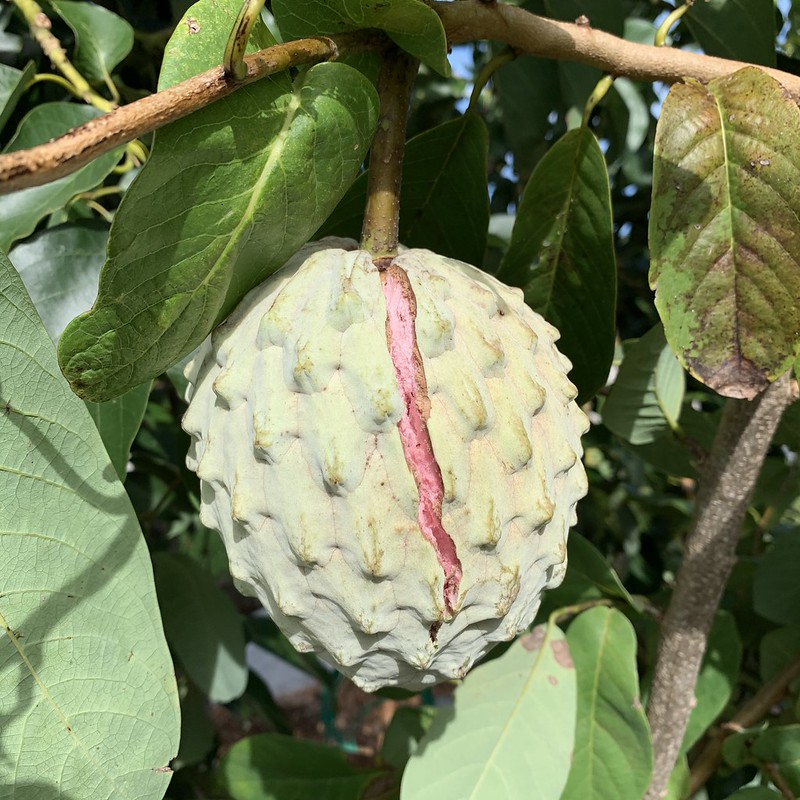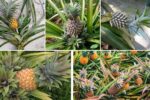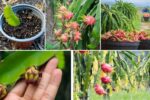When it comes to tropical fruits, the world offers an array of rare and intriguing species known for their unique flavors, textures, and health benefits. One such exotic treasure is the Illama (Annona diversifolia), a fruit cherished in Central America for its soft, aromatic pulp and custard-like texture. Though relatively unknown to much of the world, this member of the Annonaceae family — which includes more famous relatives like soursop, cherimoya, and sugar apple — has a special cultural and agricultural significance in its native lands.
In this article, we’ll explore the origins, characteristics, cultivation, and global production of Illama and answer the key question: Which country is the largest Illama producer in the world? Let’s dive in!
What Is Illama?

Illama (pronounced ee-YAH-mah) is a tropical fruit species native to Central America, particularly to the highlands of Guatemala, El Salvador, and southern Mexico. The fruit belongs to the Annonaceae family and is closely related to other custard fruits like soursop (Annona muricata) and cherimoya (Annona cherimola).
- Scientific Name: Annona diversifolia
- Common Names: Illama, Ilama, Anona de leche (in Guatemala), White Illama, Pink Illama
- Family: Annonaceae
- Native Region: Central America
- Edibility: Eaten fresh or blended into desserts, smoothies, and ice cream
Illama fruits are typically round to heart-shaped, with a tough, slightly knobby skin that can be green or pinkish when ripe. The soft, creamy pulp inside can be white or pink, with a flavor that’s been compared to a cross between strawberry custard and sweet melon.
Which Country Is the Largest Illama Producer in the World?
Guatemala holds the title of being the largest Illama producer in the world. Though the fruit is grown in several other Central American countries and parts of southern Mexico, Guatemala stands out for its higher production levels, cultural reverence for the fruit, and ideal highland growing conditions.
Why Guatemala Leads in Illama Production

Several factors contribute to Guatemala’s position as the top Illama-producing nation:
1. Native Origin and Cultural Heritage
Illama is indigenous to Guatemala’s Pacific coastal highlands and inland valleys, where it has been cultivated for centuries by the indigenous Maya and other native groups. The fruit features prominently in local cuisine, markets, and traditional medicine.
2. Ideal Climate and Terrain
Guatemala’s tropical climate, combined with highland areas at elevations of 300–1,500 meters (984–4,921 feet) above sea level, creates the perfect conditions for Illama trees. These regions experience warm temperatures, moderate humidity, and seasonal rainfall — all essential for optimal growth and fruiting.
3. Widespread Domestic Cultivation
In Guatemala, Illama trees are commonly found in backyard orchards, home gardens, and small farms. The fruit is typically grown for local consumption rather than export, contributing to the country’s high domestic production.
4. Local Culinary Significance
Illama is highly valued in Guatemalan culture, particularly in the Alta Verapaz, Suchitepéquez, Retalhuleu, and Escuintla departments. It is enjoyed fresh or as a refreshing dessert, often sprinkled with lime juice and a touch of sugar.
How Is Illama Cultivated?
Illama trees are relatively easy to grow in tropical and subtropical climates, especially in well-drained soils with partial to full sun exposure.
- Propagation: Typically grown from seeds or grafted for better fruit quality.
- Time to Fruit: 3–5 years from planting
- Soil Type: Sandy-loam, rich in organic matter, pH 6–7
- Water Needs: Moderate; prefers seasonal rainfall and occasional irrigation in dry spells
- Harvest Season: Generally from July to October in Guatemala
The fruit matures in about 4–5 months after flowering. When ripe, it turns slightly soft and emits a fragrant aroma.
Illama in Guatemalan Cuisine

Though largely a local fruit, Illama is treasured in Guatemala’s traditional recipes:
- Fresh: The flesh is scooped out and eaten directly.
- With Sugar and Lime: A popular dessert pairing.
- Smoothies and Shakes: Blended with milk and ice for a tropical treat.
- Frozen Desserts: Turned into ice cream, sorbets, and popsicles.
- Medicinal Uses: Traditionally used to aid digestion and cool the body.
In rural markets, Illama is typically sold fresh during its short seasonal window.
Is Illama Grown Outside Guatemala?
While Guatemala dominates production, Illama is also cultivated on a smaller scale in:
- El Salvador
- Honduras
- Southern Mexico (especially Chiapas and Oaxaca)
- Costa Rica
- Nicaragua
In these countries, it is primarily a home garden or local market fruit and has not reached significant commercial scale.
In the United States, Illama is occasionally grown in southern Florida and California as a rare specialty fruit by tropical fruit enthusiasts and botanical gardens.
Global Production and Market Status

Accurate global production statistics for Illama are difficult to find, as it remains a minor fruit crop with limited commercial farming. However, agricultural surveys and export records confirm that Guatemala produces the majority of the world’s supply.
Unlike its Annonaceae relatives like soursop and cherimoya, Illama has not yet gained significant international market presence due to:
- Its short shelf life
- Limited commercial-scale plantations
- Minimal export infrastructure for exotic niche fruits
Nutritional and Health Benefits of Illama
Illama isn’t just a sweet, fragrant fruit — it’s also packed with valuable nutrients.
Nutritional highlights:
- Vitamin C: Supports immunity and skin health
- Dietary Fiber: Aids digestion and promotes gut health
- Potassium: Helps regulate blood pressure
- Antioxidants: Protect against cell damage
Health Benefits:
- Promotes healthy digestion due to its fiber content
- Acts as a natural diuretic and body coolant in hot climates
- May support heart health through its potassium and antioxidant properties
- Traditionally used in folk medicine for fever and inflammation
Challenges in Illama Cultivation

Despite its local popularity, Illama cultivation faces several obstacles:
1. Short Shelf Life
Illama ripens quickly and spoils within a few days, limiting its suitability for long-distance transport.
2. Limited Commercial Demand
The fruit remains largely unknown in international markets, making it less profitable for large-scale farming.
3. Pest and Disease Risks
Like many tropical fruits, Illama is susceptible to fruit flies, fungal infections, and leaf spot diseases.
4. Competition with Other Annonaceae Fruits
Soursop and cherimoya have established larger markets and cultivation infrastructure, overshadowing Illama’s niche appeal.
Future Prospects for Illama
As global interest in exotic superfruits grows, Illama holds promise for:
- Agrotourism attractions in Guatemala’s highlands
- Specialty organic and exotic fruit markets in the U.S. and Europe
- Processed products like jams, frozen pulp, and smoothies for domestic and export markets
With targeted agricultural support and improved post-harvest technologies, Illama could emerge as a valuable specialty crop.
Final Thoughts
To conclude, Guatemala is the undisputed largest Illama producer in the world, thanks to its native climate, cultural heritage, and abundant backyard orchards. Though Illama remains largely a local fruit, its exceptional flavor, health benefits, and exotic appeal make it a candidate for future expansion into specialty fruit markets.
As food lovers and health enthusiasts continue to discover the incredible diversity of tropical fruits, Illama’s custard-smooth, aromatic flesh might soon earn it a place among the sought-after gems of the exotic fruit world.





